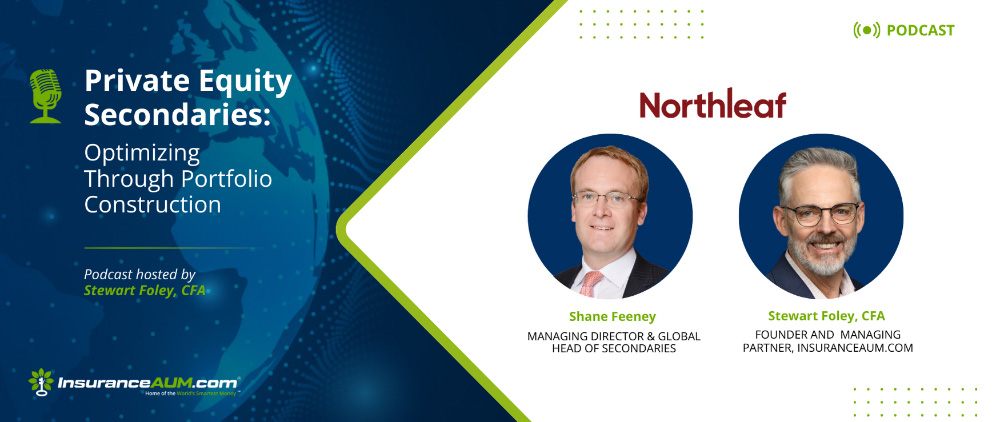Northleaf
Northleaf is a global private markets investment firm focused on mid-market companies and assets. With more than more than $30 billion in capital commitments to date, Northleaf has a successful long-term track record as a principal investor in private equity, private credit and infrastructure globally.
Northleaf’s global leadership team is supported by more than 275 professionals in ten offices in North America, Europe, Asia and Australia. Headquartered in Toronto, Northleaf builds on the Canadian tradition of long-term investing in private markets. Northleaf’s success has been driven by its enduring partnerships and the delivery of consistent long-term investment returns.
William Allis
Managing Director, Insurance Solutions
william.allis@northleafcapital.com
+1 646 512 9600
299 Park Avenue, 41st Floor
New York, NY 10171







